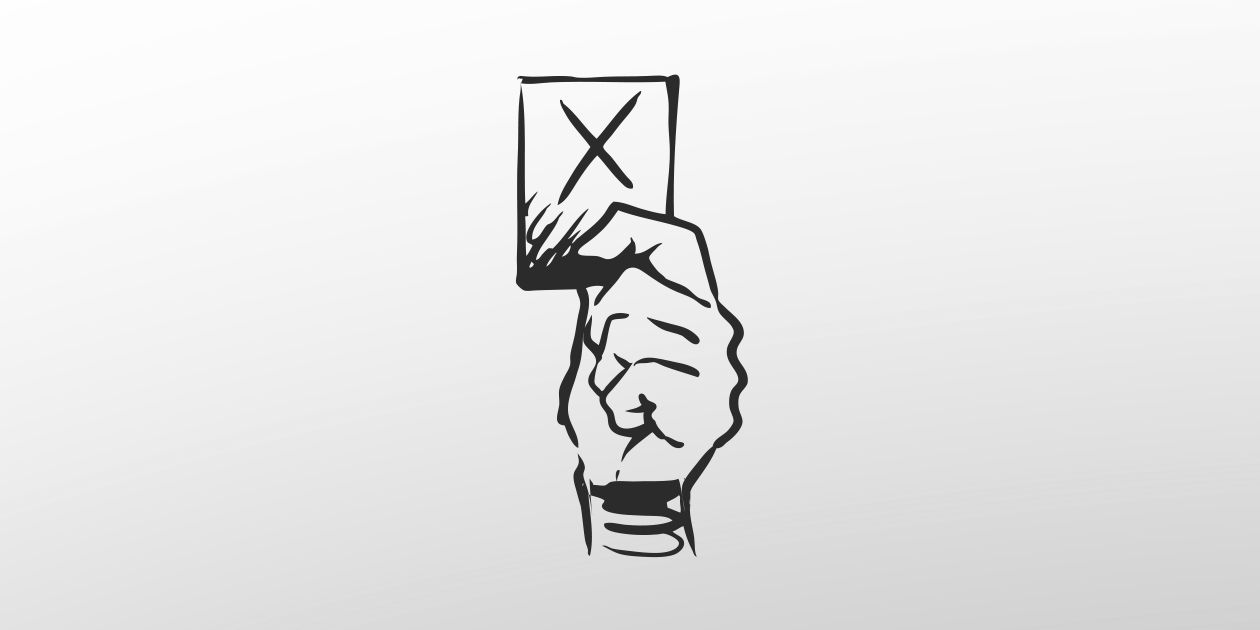The securities industry should expect 2016 to see more consolidation and greater regulation as well as bring a larger impact on their businesses caused by demographics, said the president and CEO of the Investment Industry Association of Canada (IIAC).
In releasing the IIAC’s annual investment outlook at the Empire Club of Canada in Toronto in early January, Ian Russell said the survey follows “another mediocre year” for the Canadian economy.
The survey was conducted between Nov. 3 and Nov. 25 as 2015 was coming to a close with what is expected to be an average 1.2% growth rate, the worst annual performance since 2009, said Russell.
About 40% of the investment dealer CEOs surveyed said they expect their firm’s operating revenues to increase this year at a faster rate than they did last year, one-third said they would be in line with 2015 and 25% said they expect their operating revenues to increase but at a slower rate this year than in 2015.
Rising costs
On the other hand, costs are expected to continue rising. The CEOs said they expected costs to increase about 6.8% in 2015, compared to a 6.1% rise in 2014. The biggest culprit was regulation and the increased compliance costs, consulting, technology and staff needed to meet both CRM rules and FATCA reporting, said Russell.
“So what does this relentless cost escalation mean? It means that most executives expect an even greater ramp up in the regulatory burden [over the] next year,” said Russell.
About 60% of firms expect technology to be a big spend in 2016, mainly because of regulatory and compliance changes. But Russell said the IIAC finds it surprising that the remaining 40% identified other issues for higher technology expenses, including simplifying and streamlining processes in the front and back offices and addressing security concerns. Only a small percentage said they would spend their technology dollars on big data analytics, aimed at helping firms tailor products to specific clients.
Russell said flagging profitability has led to massive restructuring in the industry. Just over the past three years, more than 50 boutique firms left the industry due to mergers or amalgamations, closing down their operations altogether or transferring their businesses to the exempt marketplace.
The bulk of CEOs expect consolidation in the investment industry to either intensify over the next two years or remain the same. But 47% said they expect the rate of consolidation to taper off.
“The majority of CEOs therefore expect significant contraction in the industry over the next couple of years,” Russell said. “This pessimistic view comes as no surprise given that there are more than 50 investment dealers still operating with gross annual revenue of $5 million or less, a magnitude suggesting insufficient scale to operate under existing conditions.”
Demographics is also a major trend impacting the investment industry – both as baby boomers move into retirement and millennials focus on robo-advisors for their early-stage advice.
“The CEOs expect the relentless rise in operating costs related to compliance and technology to continue,” he said. “This will further squeeze profitability. It also means the industry will continue to consolidate, with firms merging or shutting down operations.”
Weak economic conditions
Russell said the survey points to another difficult year for the industry as it deals with ongoing weak economic conditions.
One industry that might well benefit from the weak economic conditions is gold, which currently sits at about US$1,100 an ounce. Nick Barisheff, president and CEO of Bullion Management Group, told the Empire Club that he expects gold to rise eventually to US$10,000 an ounce.
Barisheff said the current economic conditions mirror a time in the mid-1970s when gold prices first sank and then rose to what was then great heights. At that time, gold sentiment was at an all-time low after falling 45% in price, negative commentary filled the newspapers and trade publications and many investors sold their gold holdings, swearing they would never invest in the yellow metal again. But by the fall of 1976, gold was up 750% and was peaking at US$850 an ounce.
He also said there is a lock-step relationship between gold and the U.S. dollar. And if U.S. debt continues to rise as it has in the past 10 years, he foresees the price of gold rising to at least $US2,500 in the near future.
Greg Greer, managing director and head, global debt capital markets at Scotiabank, predicted the U.S. Federal Reserve will hike interest rates to 1.5 per cent by the end of 2016, bolstering the greenback.
With the Canadian dollar falling and the price of oil tumbling, Greer said he expects a flight to quality by investors this year.
“2016 should be an exciting and interesting year in the role of capital markets, with the Fed, the price of oil and liquidity all influencing investment opportunities and performance,” said Greer.




